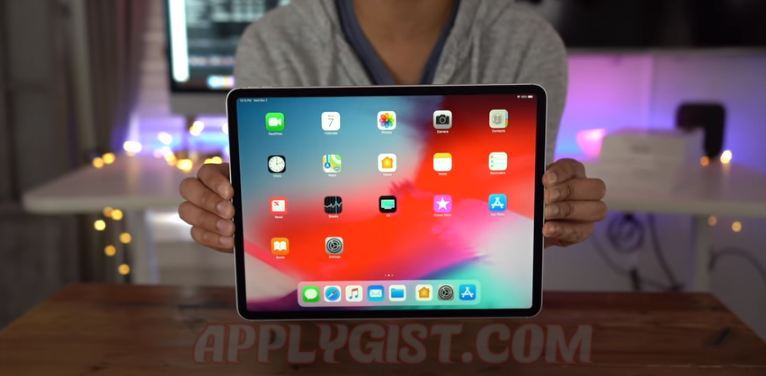Your LG G6 will scratch, just like every other glass phone
Despite ‘reliability’ claims, the LG G6’s glass will indeed scratch like any other.
In a very common move in today’s phones, LG chose to go with glass on the back of its new G6 for the first time since the introduction of the G series back in 2012. Using glass on the back of a phone has a whole host of benefits, including allowing radios to pass through it and enable wireless charging — all the while, the glass manufactured for phones today is dramatically tougher than the panes we saw just a few years ago.
But glass isn’t perfect. It can break (with a higher propensity than metal, which is softer), but the bigger concern for most people is that the glass will indeed scratch — just like every other phone that has glass on the back.
When choosing a glass for the back of a phone, the two properties you want — scratch resistance and shatter resistance — are opposed to one another. In an attempt to make the glass harder and therefore tougher to scratch, you make the glass more brittle and susceptible to cracking. If you make the glass softer and more pliable so that it won’t break with a drop, its surface will be so soft that it will be riddled with scratches.
And instead of going with the full-on nuclear option of using a synthetic sapphire (which is not indestructible, but gets damn close), LG took a solid middle ground of choosing Gorilla Glass 5. Corning, always aiming to improve its glass offerings, makes big claims each year:
Corning® Gorilla® Glass 5 raises the bar for protection against drops higher than ever, surviving 1.6-meter drops onto rough surfaces up to 80% of the time. Plus, even though it’s our toughest cover glass yet, it still delivers the damage resistance, optical clarity, and touch sensitivity Gorilla® Glass is famous for.
Yes it raises the bar, but it isn’t perfect. We could all take extreme care of our phones, setting them down only on soft surfaces and even using a case whenever we leave the house … but that’s not how people operate. We take phones in and out of pockets, bags and purses dozens of times a day, we slide them on tables daily and yes, we even drop them from time to time.
Glass comes with trade-offs, like the slow and steady accumulation of imperfections.
The LG G6, with its perfectly flat back — even including its dual cameras — is highly likely to be scratched as it scoots around on surfaces unencumbered. And guess what: it gets scratched! Just a few weeks into using my LG G6 I have a solid handful of swirly scratches on the back. Not immediately noticeable at a glance (the fingerprints do some camouflaging), but definitely there when you tilt it to the right light — and once you see them, you will forever know that your glass has been tarnished.
If you put glass on the back of your phone, it’s going to come with trade-offs: most notably, the slow and steady accumulation of imperfections on it. The only question is whether you can manage only lasting a couple of weeks before the inevitable first scratch blemishes your pristine LG G6, and if you’re willing to deal with the slow, inevitable deterioration of the glass over the couple of years you own it.






With havin so much written content do you ever run into any issues of plagorism or copyright violation? My website has a lot of completely unique content I’ve either authored myself or outsourced but it appears a lot of it is popping it up all over the internet without my authorization. Do you know any solutions to help reduce content from being ripped off? I’d definitely appreciate it.
I know this web page offers quality dependent posts and additional data, is there any other website which offers such things in quality?